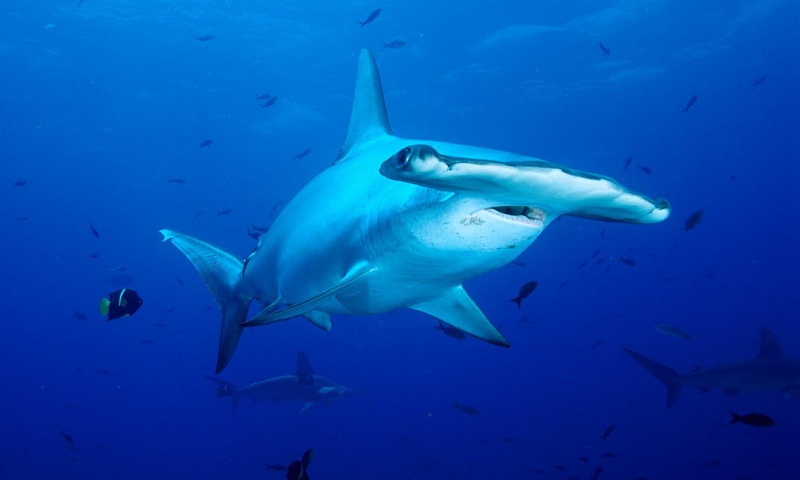Queensland setting catch limits for endangered sharks based on ‘dodgy data’

The Queensland government is allowing commercial fisheries to catch endangered sharks on the Great Barrier Reef, with a quota based on data that was useless for managing the shark numbers, according to an independent peer reviewer. Shark experts and WWF are calling for an observer program, which was axed by the previous government in 2013, to be reinstated so that better data on shark catches can be collected. “It’s not possible to draw any real conclusions about what’s happening with the status of shark populations based on that assessment, given the limitations in the data,” said Colin Simpfendorfer, a shark researcher from James Cook University, who wasn’t involved in the initial study or the independent peer review. The Queensland government allows commercial fishers on the Great Barrier Reef to catch 600 tonnes of sharks and rays each year. Among the sharks allowed to be caught are scalloped hammerhead and great hammerhead sharks – both of which are listed as endangered by the International Union for Conservation of Nature. Under an international treaty, which Australia signed in 2014, those species of hammerhead shark were protected. But, two months after signing the agreement, Australia opted out of the protection of five shark species, including those two types of hammerheads. The New South Wales government has independently passed legislation protecting both species of hammerhead sharks in state waters, saying they face a “high” or “very high” risk of extinction. To determine the “maximum sustainable yield” that can be caught, the Queensland Department of Agriculture and Fisheries conducted a stock assessment of hammerhead sharks. The assessment was mostly based on reports of how many were caught by fishers and concluded that more than 250 tonnes of each species could be sustainably caught each year. But according to an independent peer review conducted by Enric Cortés from the US National Oceanic and Atmospheric Administration, the data could not be used to infer sustainable catches. Cortés said the “results were severely hampered by data limitations” and would produce “ineffective management advice”.

